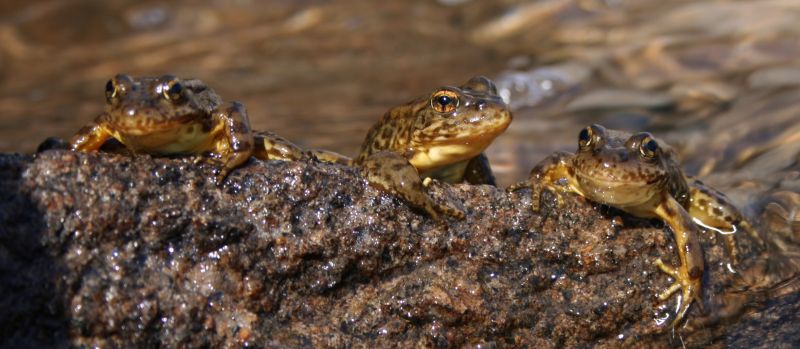RSS feed source: National Science Foundation
As a new or existing federal employee, you and your family may have access to a range of benefits. Your benefits depend on the type of position you have – whether you’re a permanent, part-time, temporary or an intermittent employee. You may be eligible for the following benefits, however, check with your agency to make sure you’re eligible under their policies.
All applicants must submit a resume in any format, and may also submit a cover letter.
In order to be considered for federal appointments, Non-Citizens must affirm that they meet the Appropriations Law eligibility criteria by signing and attaching this Citizenship Affidavit to their application. Non citizens who do not provide the affidavit at the time of application will not be considered. Non Citizens who are exempt from the Appropriations Law requirements due to their status as officers or employees of the U.S. government
Click this link to continue reading the article on the source website.

